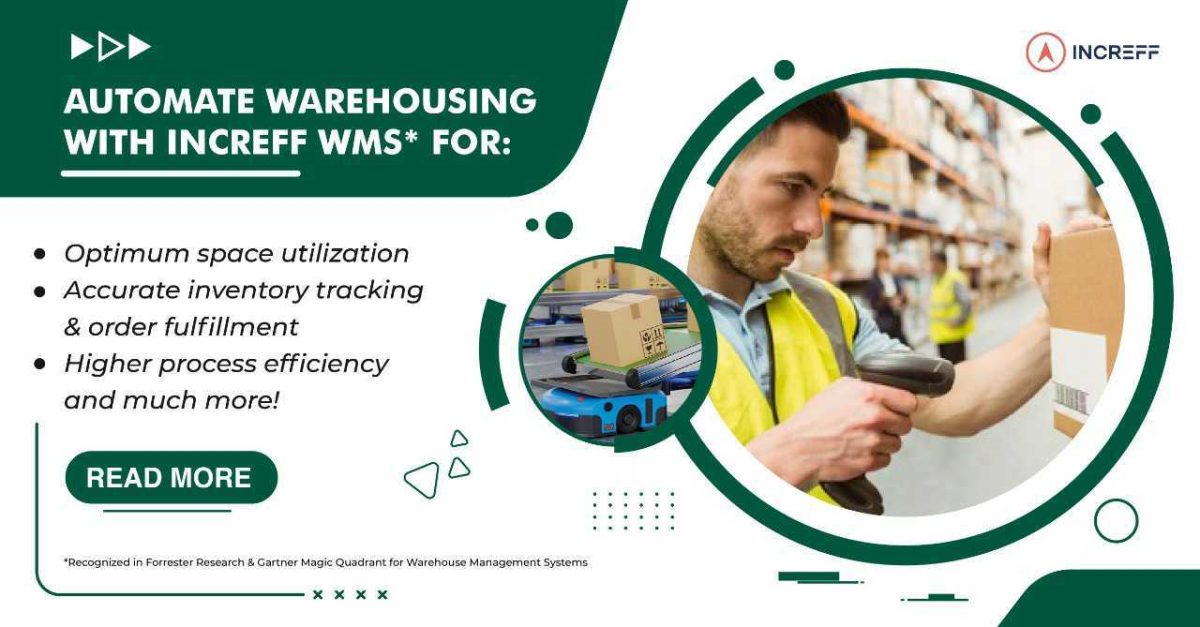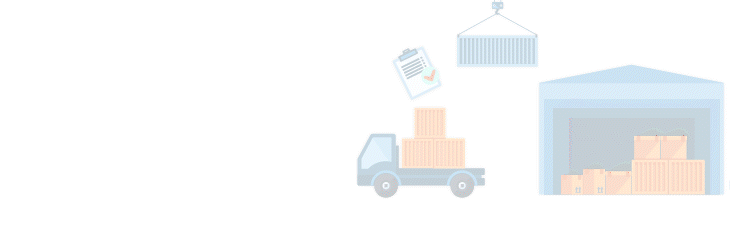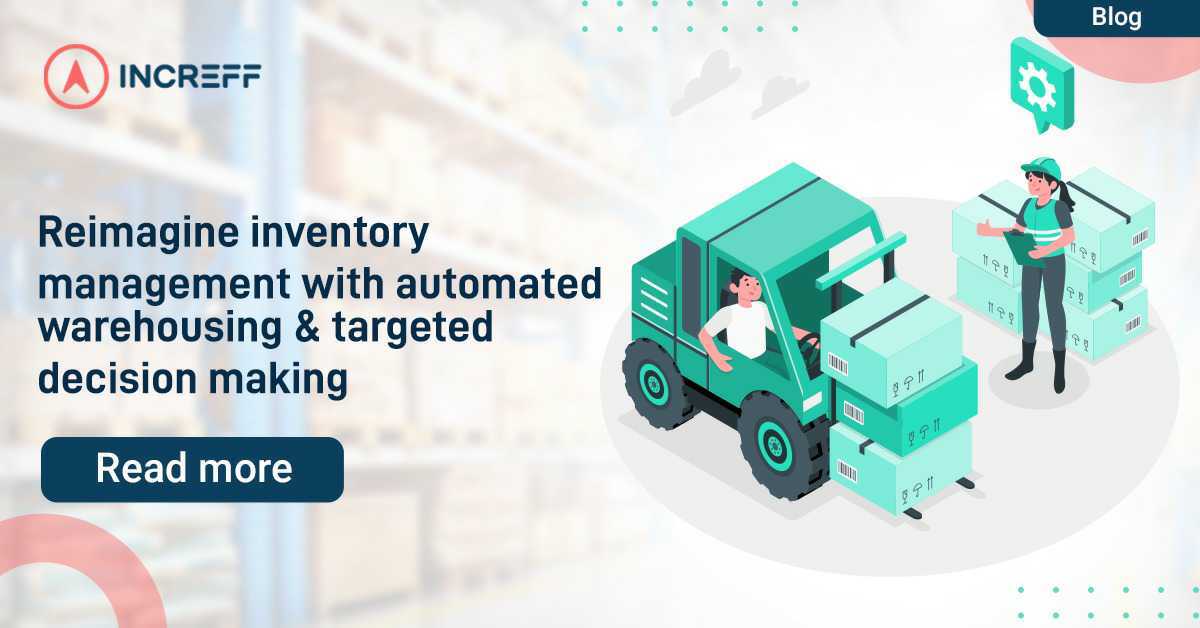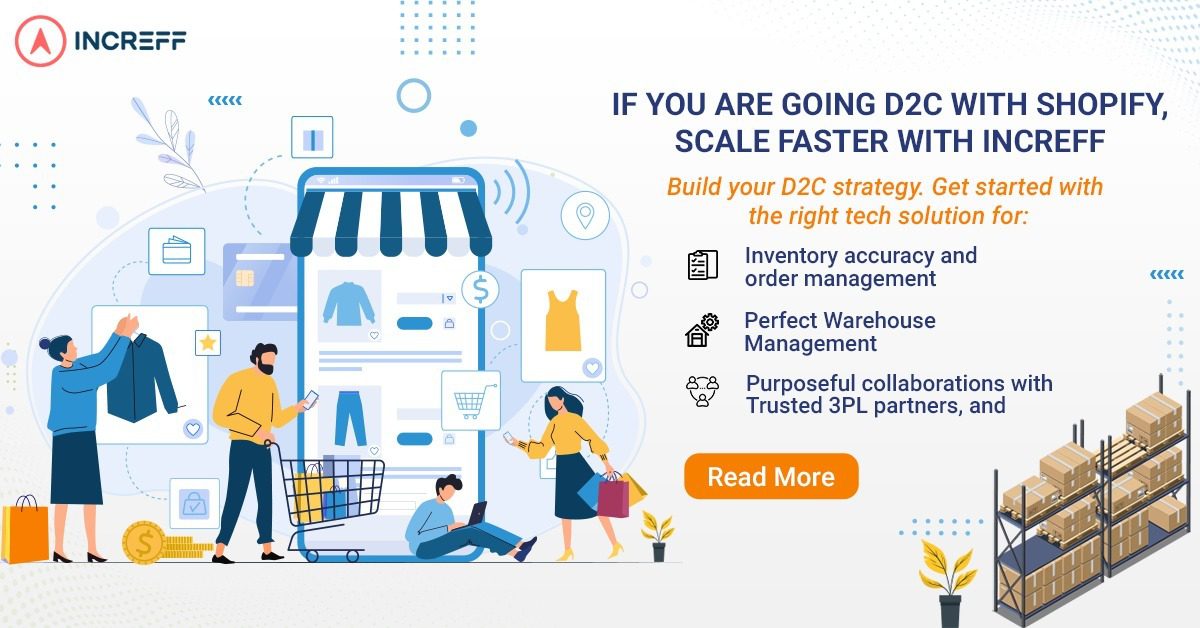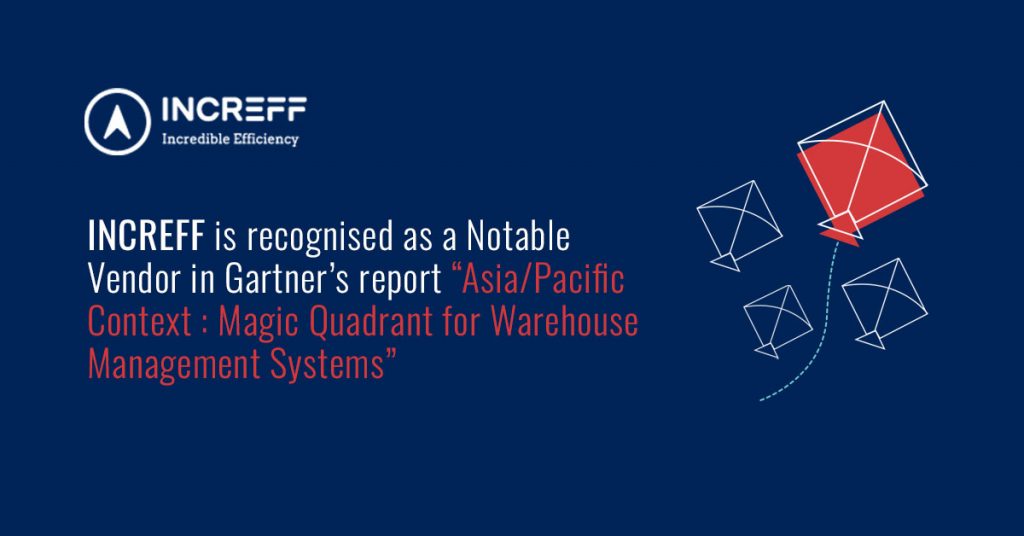With the increasing digitization of inventory records, product codes, and warehouse registers, human intervention in warehouse management has decreased drastically. To ensure seamless inventory management, a cutting-edge e-commerce Warehouse Management System (WMS) is essential.
Formidable challenges like planning and tracking inventory, minimizing delays in fulfillment, and holding minimum possible inventory can be effectively tackled by having only the best e-commerce WMS in place. Having a water-tight strategy for e-commerce order fulfillment and warehouse management can significantly boost your customer experience and loyalty, which will subsequently translate into improved revenues and profitability in the long run.
How to choose the right WMS
There are a number of factors to consider while choosing the right WMS. Here are the main ones:
- Accuracy: An inaccurate or misplaced entry can create huge, unnecessary complexities across business functions. Precision is one of the most essential features of a WMS to avoid inexplicable losses and complications.
- Scalability: As the e-commerce business grows and expands, the WMS must also be able to catch up. New-age This requires a predetermined understanding with the supplier in terms of integrations and technology upgrades.
- ROI: It is important to consider all the costs that come with a WMS, including the hidden costs of training, integrations and upgrades. A seemingly cheaper WMS can often carry higher hidden costs. A comprehensive cost-benefit analysis, keeping your requirements in mind, is essential.
- Integrations: Rather than spending extra on writing integrations, it is better to have a WMS that has a catalogue of existing off-the-shelf integrations. Integrations make your WMS more flexible by allowing it to interface with other ERP solutions seamlessly.
- Cloud vs. On-site: Having a cloud-based WMS is often cost-effective in terms of upgrades and maintenance since the vendor is responsible for both. Cloud-based solutions also allow you to avoid any equipment-based expenditure.
- Ease-of-use and training: Having an intuitive and user-friendly WMS allows your employees to adopt it without any training overheads and errors. This is especially important when you hire an ad hoc workforce in times of peak demand.
What to expect from an ideal WMS for online commerce?
E-commerce Warehouse Management Systems (WMS) can help streamline processes by tracking the inventory within the warehouse and improving e-commerce warehousing significantly. Let’s look at some benefits that an ideal e-commerce WMS software provides:
- An efficient inventory management system streamlined through automation
- Optimal inventory visibility and tracking of diverse styles and quantities through a fully digitized process
- Reduced inventory holding by selling more stock through 100% inventory exposure
- Reduced operational costs due to minimal manual work required
- System of automated alerts for soon-to-expire items ahead of time
- Minimized delay and loss because of computerized inventory with no room for human error
- Increased scalability and flexibility for your business with no audit delays
- Faster e-commerce order processing and online order fulfilment
- Maximum sales captured with no minimum holding required
- Increased revenue for your business through more efficient business processes
How can efficient warehousing help e-commerce brands capture maximum sales and increase revenues?
E-commerce WMS helps enhance customer experience, retention, and loyalty by providing the following benefits:
- User-friendly and intuitive WMS is great for online retail warehouse staff. The WMS comes with a simple-to-use dashboard customized as per the stakeholder’s level and requirement. With Increff WMS, inter-warehouse transfer of stock is also possible.
- An ideal e-commerce WMS solution simplifies order picking and packing and ensures accuracy through serialization. It greatly improves inventory visibility and helps ensure correct shipment, complete and accurate order fulfilment, and a shorter cycle time overall. It also reduces the inventory holding period and makes upscaling your e-commerce business more feasible. Being completely automated, the entire process is paperless, uses little manpower, and eliminates the chance of human error.
- A WMS provides a single view of inventory across the marketplace and a seamless order-inventory sync in less than 30 seconds. You can switch to such a system in as little as under 7 days without overhauling your entire warehousing system. The process of transition itself is also hassle-free. For instance, the time taken to train new users to switch to Increff’s Assure WMS solution is only 5 minutes. Besides, no data is lost in transition or system downtime.
- Best warehouse management systems for online retailers can guarantee 100% e-commerce order fulfilment. It ensures minimized lead time and logistical costs due to optimal inventory management. This contributes substantially to higher sales and revenue, thus positioning your e-commerce business as a strong contender amidst competing brands.
A great WMS solution thus lies at the very heart of modern e-commerce warehouses, enabling brands to reach out to their customers more efficiently and helping them excel in an increasingly competitive marketplace.






